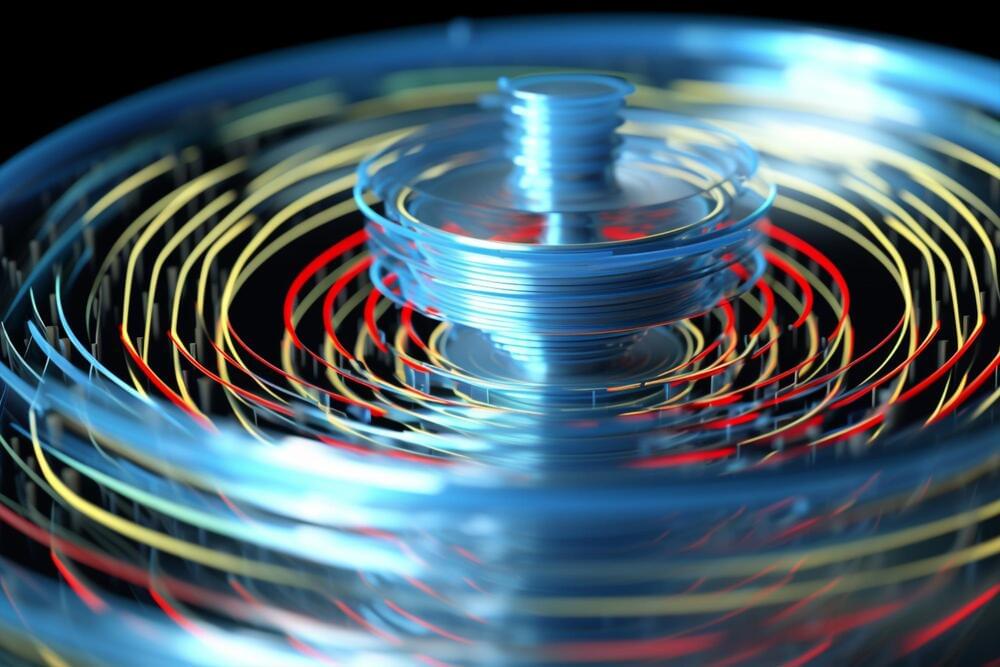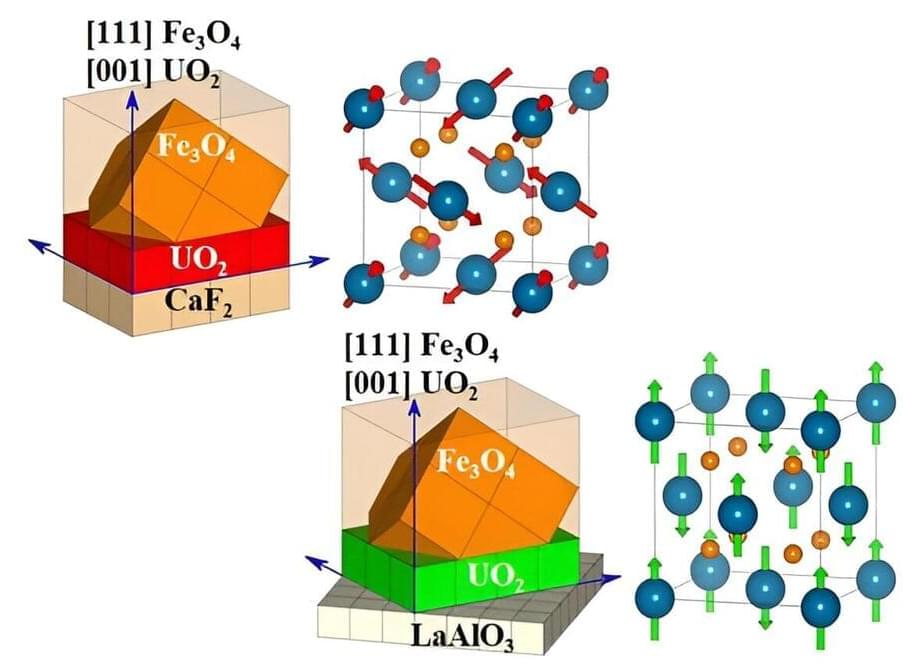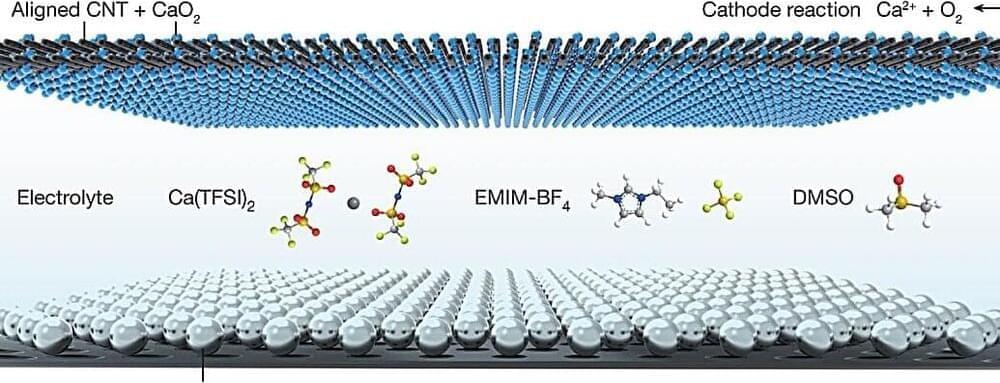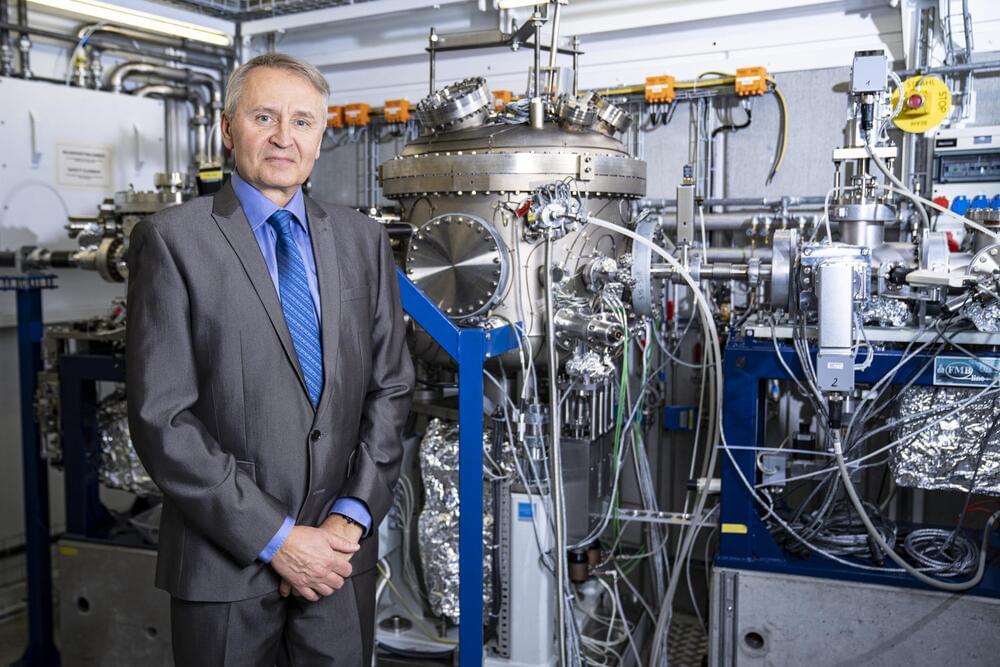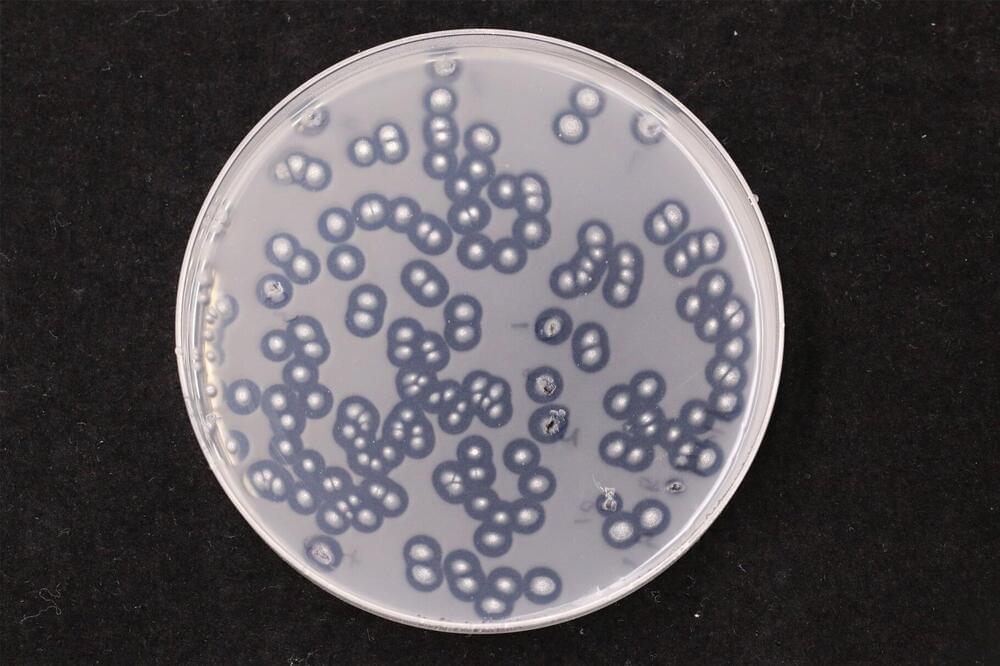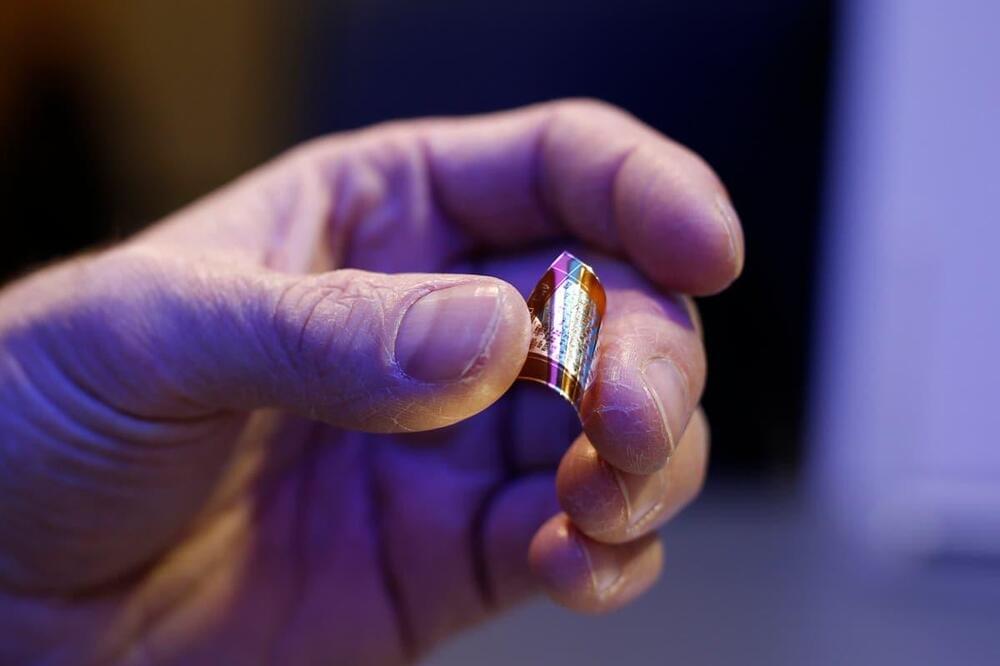Feb 21, 2024
Orbital Magic: Japanese Scientists Pave the Way for Next-Gen Spintronics
Posted by Saúl Morales Rodriguéz in categories: materials, particle physics
Directing magnetization with a low electric field is crucial for advancing effective spintronic devices. In spintronics, the characteristics of an electron’s spin or magnetic moment are leveraged for information storage. By modifying orbital magnetic moments through strain, it’s possible to manipulate electron spins, leading to an enhanced magnetoelectric effect for superior performance.
Japanese researchers, including Jun Okabayashi from the University of Tokyo, revealed a strain-induced orbital control mechanism in interfacial multiferroics. In multiferroic material, the magnetic property can be controlled using an electric field—potentially leading to efficient spintronic devices. The interfacial multiferroics that Okabayashi and his colleagues studied consist of a junction between a ferromagnetic material and a piezoelectric material. The direction of magnetization in the material could be controlled by applying voltage.
